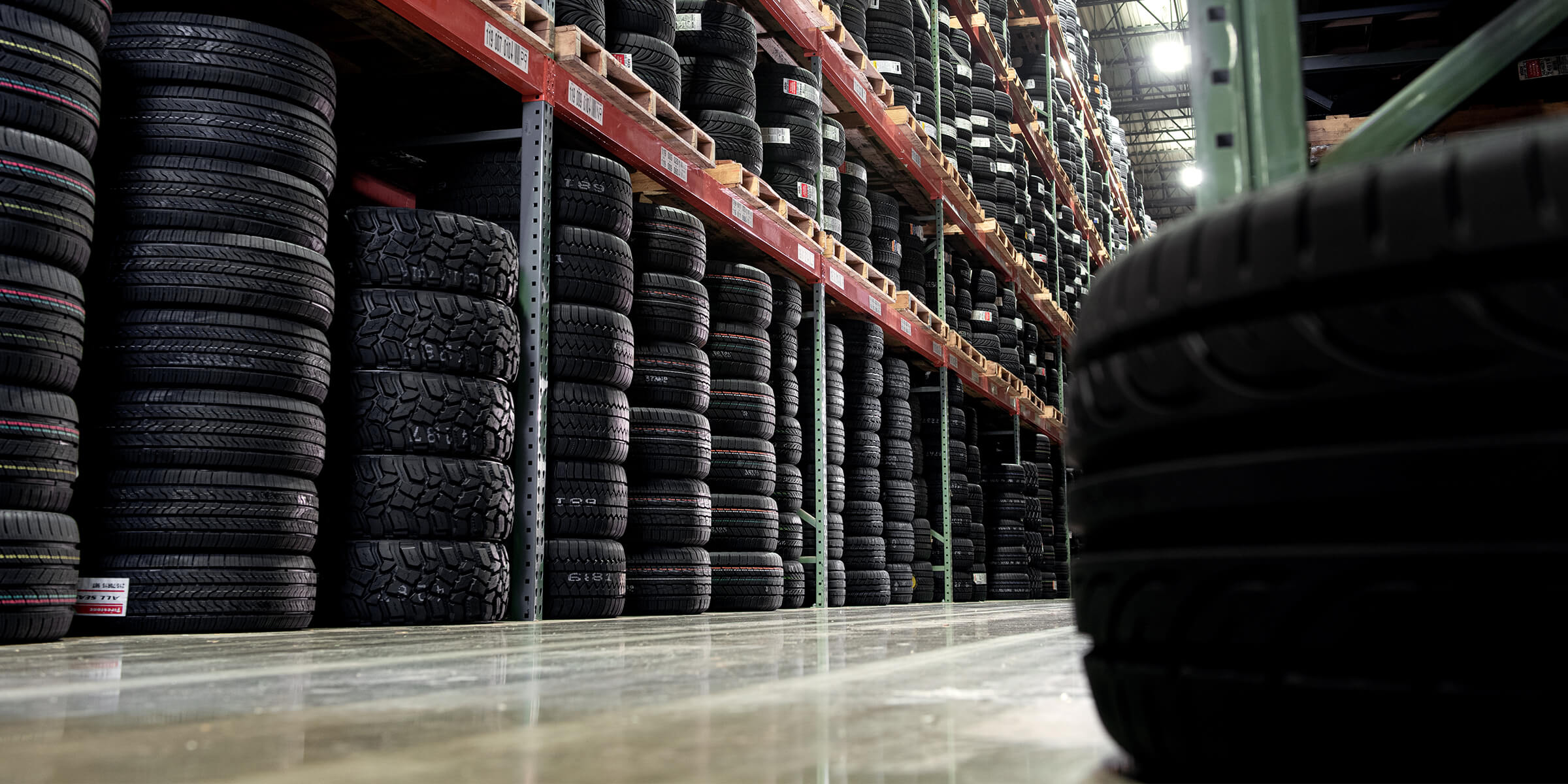Save Big with Mopar Tire Service Specials in Morris: Limited Time Provides
Save Big with Mopar Tire Service Specials in Morris: Limited Time Provides
Blog Article
Tire Service: Recognizing Tire Stress Surveillance Solutions
Understanding Tire Stress Surveillance Solutions (TPMS) is a crucial aspect of keeping optimal vehicle efficiency and security on the roadway. With innovations in automotive innovation, TPMS has become a basic feature in modern-day automobiles, offering real-time details on tire stress degrees. Delving much deeper into the intricacies of TPMS, one can reveal the different elements that compose this system and the significance of each in guaranteeing precise surveillance. From straight to indirect TPMS systems, the landscape of tire stress tracking varies, each with its one-of-a-kind collection of advantages and factors to consider. Remain tuned to untangle the complexities of TPMS, from upkeep suggestions to the obvious advantages of maintaining your tires properly blew up. discount tires morris il.

Significance of TPMS
The relevance of Tire Stress Monitoring Solutions (TPMS) hinges on their capacity to boost lorry safety and performance with real-time monitoring of tire stress levels. Preserving the right tire stress is crucial for ensuring ideal handling, braking, and overall security of a lorry. TPMS offers chauffeurs with instant comments on any overinflated or underinflated tires, permitting timely changes to be made.
Parts of TPMS
Consisting of different vital elements, a Tire Pressure Surveillance System (TPMS) operates as an advanced safety attribute in modern-day automobiles. The main parts of a TPMS include sensing units, a control module, and a warning indicator. Sensors are usually located in the tire valve stem or affixed to the wheel setting up, where they measure tire pressure and send data to the control component. The control module processes this details and sets off a caution if it identifies dramatically low stress in any of the tires. The warning indication, usually a sign on the control panel, alerts the motorist to inspect the afflicted tire or tires. Some progressed TPMS versions also show the real tire pressure readings for every tire, providing motorists with real-time details to guarantee optimum tire performance and safety. By checking tire stress continuously, TPMS aids avoid accidents, reduces tire wear, and enhances fuel effectiveness, making it a vital component for car security and performance.
Kinds of TPMS

On the other hand, indirect TPMS relies upon the lorry's wheel rate sensing units to keep an eye on tire pressure. This system detects underinflation by contrasting the rotational speeds of the wheels. Indirect TPMS is less pricey than direct TPMS, as it makes use of existing sensors within the vehicle.
While straight TPMS offers a lot more accurate readings, indirect TPMS is easier in layout and typically needs much less maintenance. Both systems have their benefits and restrictions, and the selection between them usually depends upon factors such as price, vehicle make, and personal choice. Understanding the differences in between these two sorts of TPMS can aid vehicle owners make educated decisions regarding tire maintenance and security.
TPMS Upkeep Tips
Reliable maintenance of TPMS is vital for making sure ideal performance and safety of your car. Consistently checking the TPMS sensing units for any kind of damage or corrosion is critical. Guarantee that the sensors are clean and complimentary from particles that can disrupt their functioning. Additionally, it is advisable to check the sensing unit batteries occasionally and change them as required to ensure exact analyses. Conduct regular look at the tire stress levels and contrast them with the TPMS readings to guarantee they are regular. Rectify the system adhering to the maker's standards if there are any type of inconsistencies. In addition, throughout tire turning or replacement, ensure that the TPMS elements are dealt with thoroughly to stop any possible damages. If the TPMS advising light brightens on the visit their website dashboard, address the issue quickly by examining the tire pressures and the general system for any kind of mistakes. By sticking to these upkeep ideas, you can lengthen the lifespan of your TPMS and boost the safety of your driving experience.
Benefits of Correct Tire Pressure
Maintaining appropriate tire pressure, as emphasized in TPMS Maintenance Tips, is important for enjoying the countless benefits connected with optimal tire view website pressure degrees. Among the main benefits of maintaining the right tire pressure is boosted fuel performance. When tires are properly blown up, there is less rolling resistance, leading to much better fuel economy. Furthermore, correct tire pressure ensures even tire wear, expanding the lifespan of the tires and advertising safer driving problems. With the appropriate tire pressure, cars likewise have better handling and traction, especially in damaging weather. This can boost general driving performance and security for the chauffeur and guests. Additionally, maintaining optimal tire pressure can add to a smoother and a lot more comfy adventure by lowering vibrations and noise brought on by underinflated tires. In final thought, the advantages of appropriate tire pressure go past simply tire durability; they encompass boosted fuel effectiveness, enhanced security, far better automobile efficiency, and overall driving convenience.
Final Thought
To conclude, comprehending tire pressure surveillance systems (TPMS) is important for preserving optimum tire pressure and ensuring car safety and security. By recognizing the value of TPMS, recognizing with its parts, understanding the various types available, adhering to proper maintenance ideas, and realizing the advantages of maintaining appropriate tire stress, drivers can improve their driving experience and prolong the life expectancy of their tires. Correct tire stress is essential to effective and risk-free lorry procedure.

Report this page